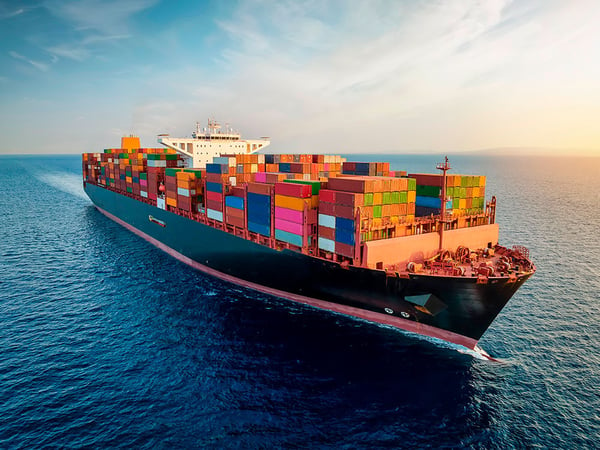The global shipping container market in 2019 reached a value of 8.7 billion and is projected to reach 12.08 billion by 2027, growing a CAGR of 4.3% for the forecast period of 2020-2027, according to Allied Market Research.
Each container’s size and construction must comply with the specifications and regulations set by the International Organization for Standardization (ISO). Currently, small and large companies in China produce about 9 out of 10 of the world’s ISO-certified containers. If you are planning to purchase a shipping container, it is crucial to understand the necessary certifications. Here’s what you need to know.
Previously, we discussed the conditions you should check when purchasing a container to prevent it from being retained. These are general conditions specific to the container’s state. Now, we will describe the essential documentation you must consider and obtain when purchasing a container.
Remember that, for a container to freely enter and leave any jurisdiction, it must comply with the conditions established by the International Convention for Safe Containers (CSC), to which the Mexican government adheres. This agreement stipulates nine common rules for all approval systems, regulating the necessary certifications for a shipping container.

A safety approval plate must be placed next to any official approval plate, displaying information such as the country of approval, date of manufacture, identification number, and maximum gross operating weight. Additionally, the plate must include a registration number, which serves as an ID, formatted as follows:
Empty containers intended for future use must be periodically inspected to assess their condition in accordance with the CSC agreement. One stipulated certificate is the ACEP. These containers must have an engraved plate (or a sticker) indicating compliance with an approved continuous examination program.
Finally, depending on the container’s size and what it will transport, it must comply with ISO certifications, the most important being the ISO 6343 certification, which defines the container identification protocol.
The container owner must identify it following international standards. The identification system specified in DIN ISO 6346 consists of:
The owner’s code is unique and must be registered with the International Container Bureau. The container group code will be one of the following three letters:
U – For all containers that comply with ISO regulations.
J – For removable containers
Z – For trailer and chassis
When you are ready to use it with your merchandise, remember a full container without the Verified Gross Mass (VGM) indication cannot be loaded on a vessel where the SOLAS Convention regulation applies. The carrier must present the VGM in the shipping documents, certified by a government authority. This authority will weigh the full container using calibrated and certified equipment in accordance with NOM-010-SCFI-1994.
Dracontainers’ shipping containers have the required certifications and guarantees for international transport, ensuring their use in foreign trade without setbacks. You may be interested in reading: Know the frauds and scams when buying a maritime container.
Therefore, if you are about to buy a shipping container to transport your merchandise safely and in compliance with the standards established by Mexican and international legislation, go with a certified and expert supplier. If you need more information or advice, contact a Dracontainers advisor.